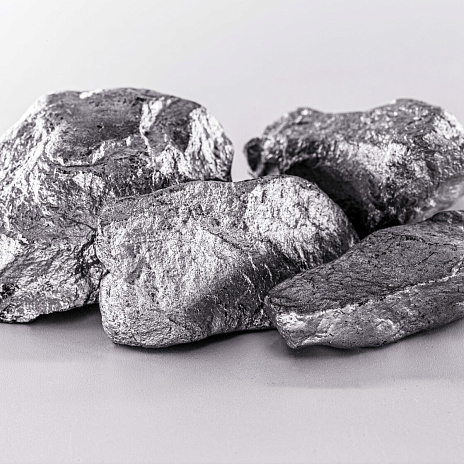-(1)-(1).jpg)
London Metal Exchange (LME) warehouse nickel stocks have been shrinking since the end of last year as monthly averages plummeted from 66,600 tonnes in 2022 to 41,700 tonnes in the first nine months of 2023, having bottomed out at 37,000 this August (see Fig. 1).
-(1).jpg)
Nickel prices are also taking a nosedive (see Fig. 2), with a tonne trading at $20,730 on average in August, its lowest since late 2021, and the decline continuing into September, to $20,370 MTD. Adding to the bearish sentiment are macroeconomic fundamentals that have fallen short of expectations, as well as stronger supply: according to Shanghai Metals Market, China’s refined nickel output totaled 21,800 tonnes in August (+41% YoY) and 151,200 in the first eight months of 2023 (+36% YoY), pushing the global nickel market into a surplus, which is expected to remain over the next few years.
-(1).jpg)
This comes as pressure is piling on the LME from other players. Along with CME Group’s plans to launch its own nickel contract, it has recently appeared on the news that the Shanghai Futures Exchange was looking into the possible launch of nickel futures for international use.[1] All these moves are set to pose a challenge to the LME, which is still struggling to regain trading momentum after the nickel crisis of March 2022.
Top nickel producer Indonesia has also unveiled plans to launch a nickel price index, with an official decision likely to be made in November, while a new mining quota application system will be available to nickel miners from October and applications can be filed shortly thereafter.[2] At the same time, the country’s government will not approve any new mining output quotas this year. Let’s see how the situation unfolds in Indonesia, as developments there may shake things up on the global nickel market in the coming months.

 (1).jpg)
.jpg)

 (1) (3).jpg)
 (1) (1).png)
-(1) (1).jpg)
-(1) (1).jpg)
-(1) (1).jpg)
 (1).jpg)
 (1).jpg)